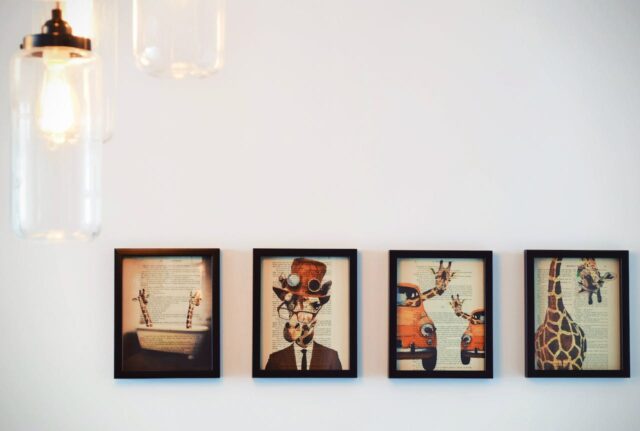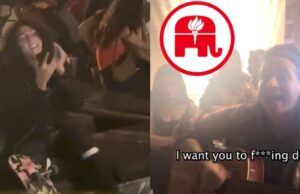OpenAI’s DALL-E 3 image generator will add watermarks to image information when more businesses begin to accept the Coalition for Content Provenance and Authenticity (C2PA) standards. More and more companies are following suit to support this new standard from the Coalition for Content Provenance and Authenticity (C2PA).
According to the company, photographs created using the DALL-E 3 model’s API and the ChatGPT website will have watermarks and other metadata from C2PA. Watermarks for mobile devices will be available by February 12th. Both an invisible information component and a visible CR symbol — which will show up in each image’s upper left corner — will be included. An open technical standard called C2PA enables media to have metadata embedded so publishers, businesses, and other entities can confirm its source and associated details. The C2PA standard is being embraced by news organizations, camera manufacturers, and other entities to verify the provenance and source of media content rather than being limited to AI-generated photos.
The watermarks added to images won’t affect latency
OpenAI says the slight transfer of data lag, called latency, will not be overly affected, and this change will not affect the quality of the image. For some time, companies such as Adobe and Microsoft, together with the C2PA, have advocated for implementing the material Credentials watermark to determine the source of material and indicate whether it was created using artificial intelligence (AI) or by humans. OpenAI is adding a Content Credentials sign to DALL-E 3 creations created by Adobe. Meta has declared that it will tag AI-generated content on its social media networks.
C2PA metadata is now included in images created using our DALL·E 3 model-serving API and ChatGPT on the web. By February 12th, this modification will also be available to all mobile users. With OpenAI’s tools, users can verify whether an image was produced by the underlying DALL·E 3 model by visiting websites such as Content Credentials Verify. This should show that the image was created using ChatGPT or our API, excluding removing metadata.
One of the main recommendations of the Biden administration’s executive order on AI is identifying information generated by AI. However, watermarking is not a foolproof method of preventing disinformation. Since most social media platforms frequently remove metadata from posted content, OpenAI notes that C2PA’s metadata can “easily be removed either accidentally or intentionally.” By taking a screenshot, the metadata is removed.
Currently, C2PA information is limited to photos created using ChatGPT or our DALL·E 3 model-serving API.
Featured Image Credit: Photo by Tim Gouw; Pexels







